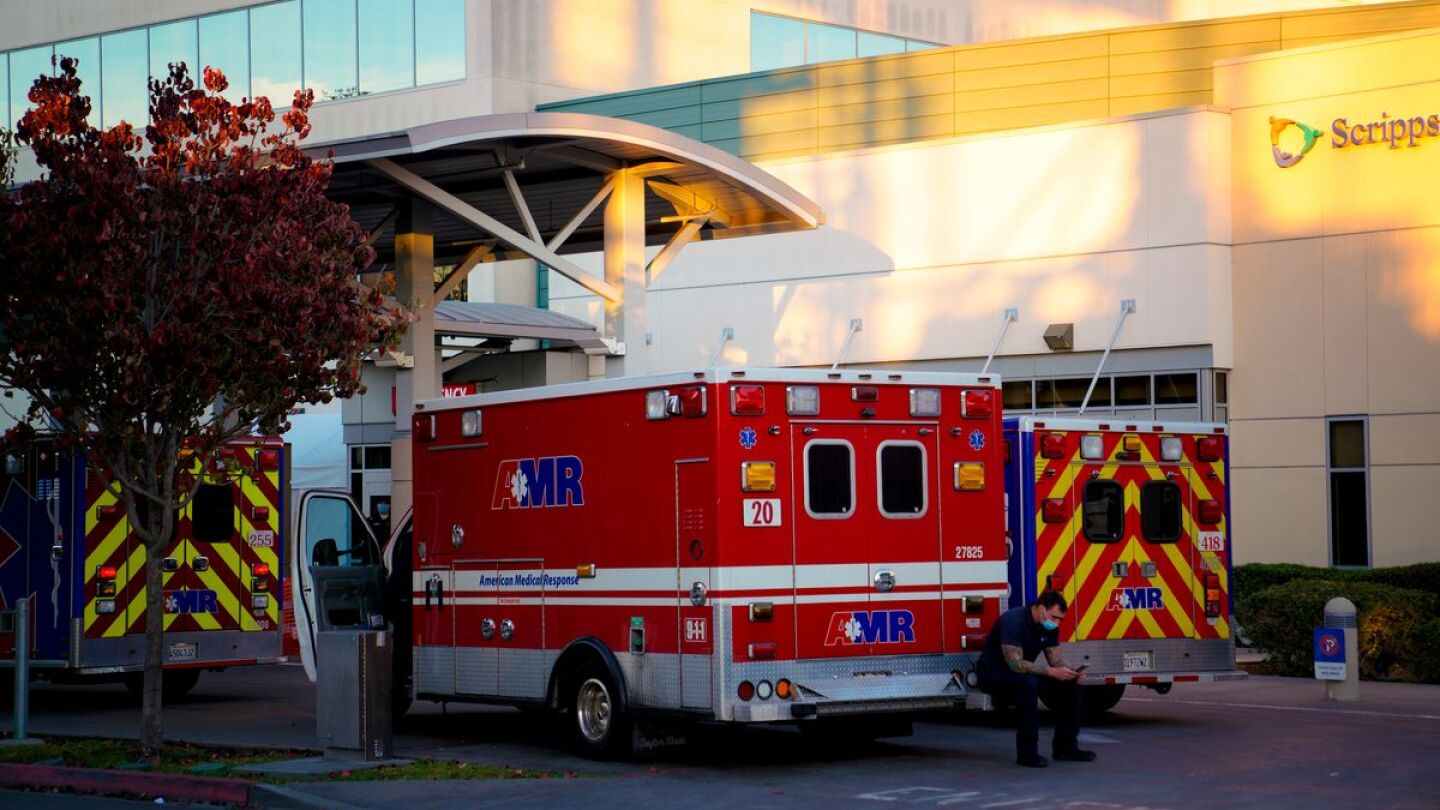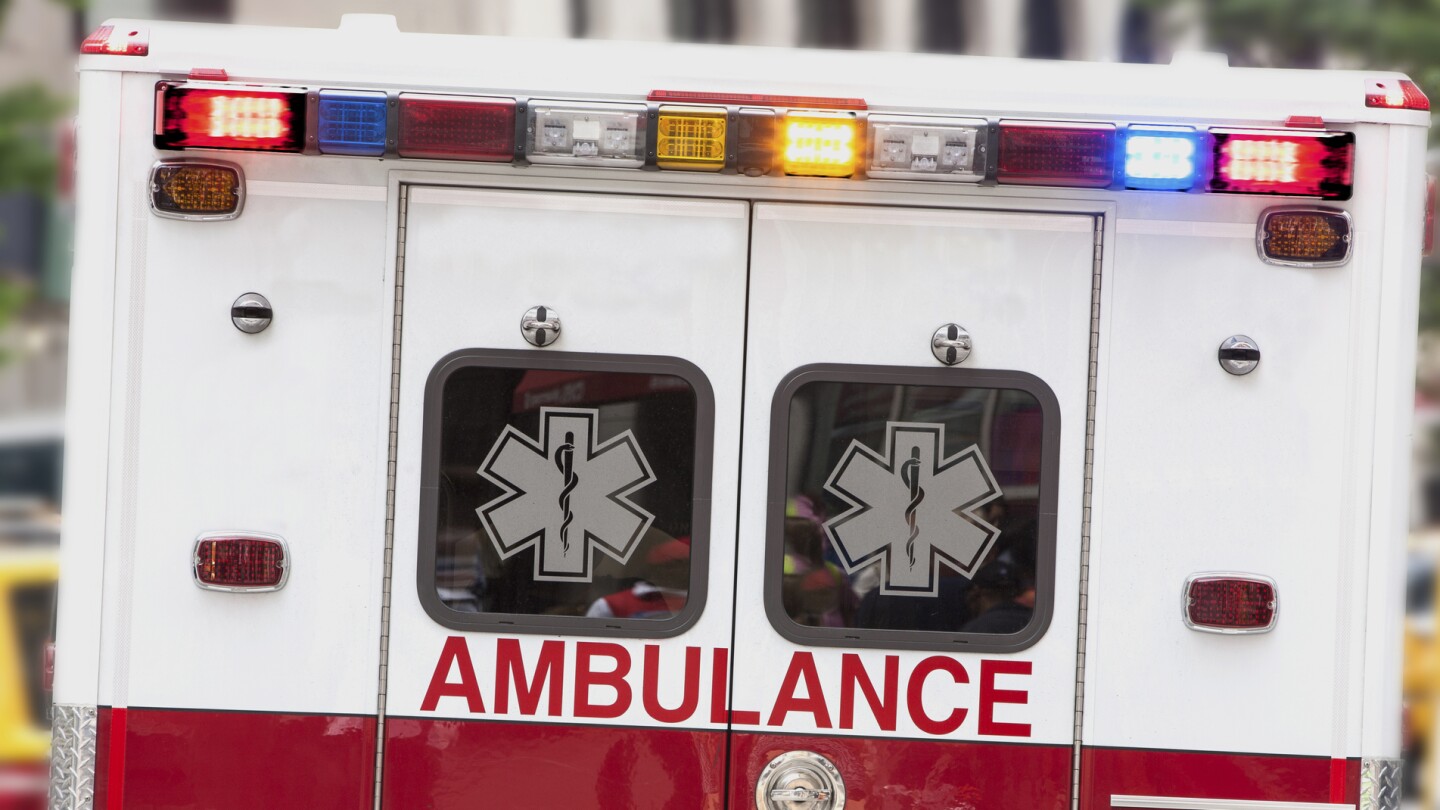EMS Training and Education
Your go-to resource for evidence-based EMS training, continuing education, instructor development and industry innovation. Find expert articles, videos, product reviews and specialized resources to support EMTs, paramedics, medical directors and educators. Stay current on instructor best practices, CEU requirements, virtual training trends, simulation strategies and educational policy affecting prehospital care.
EMS Training and Education Resources
Practical, authentic ways to show gratitude and strengthen community ties with the people who respond first when it matters most
5 tips to quickly find a patient’s radial pulse for vital sign assessment
Educating patients at the highest risk for suffering a fatal overdose
Steve Whitehead asks the tough question: Are life-saving interventions turning deadly when managing behavioral health emergencies?
Scene safety and awareness are critical to prehospital patient care
Seeing the brave first responders on Sept. 11, 2001, showed me what I wanted to be when I grew up
These 3 actions will help prepare your family in case of a natural disaster, so that you are able to help others
Steve Whitehead provides valuable insights from the most witnessed cardiac arrest in human history
Supporting the professional development goals of your practitioners will set them up for a rewarding EMS career
By maintaining a high level of awareness and readiness, paramedics and EMTs can significantly mitigate risks to themselves and those they are assisting
Putting traffic incident management into practice can help us influence high-frequency, high-risk environments we can’t control
Data from 600,000 stroke patients nationwide shows EMS providers were 20% less likely to give prehospital notification for Black patients
Here’s a breakdown of differences in Bell’s palsy and stroke symptoms and prehospital care differences
Three of the FDNY’s leading responders on Sept. 11, 2001, reflect on how 9/11 impacted EMS and beyond
Identifying significant GI problems and providing initial care may help improve the chances of recovery for patients who experience true GI emergencies
Kansas City Royals pitcher Sam Long thought his baseball dream was over and so he pursued a career as an EMT
Consider the potential diabetic diseases processes when assessing and managing any patient with altered mental status
Try these six tips to take some of the pressure off of getting a blood pressure
From what to include in the welcome packet to how to incorporate resiliency training and family outreach – here’s how to improve your new employee orientation
Fairfax County Fire & Rescue works to ensure that the next generation of firefighters, EMTs and paramedics understand the legacy of 9/11’s fallen firefighters
Lawrence County EMS completed the accreditation process and will begin classes in 2025
Use “when-then” thinking to prepare for the unimaginable
When it comes to threats on scene, train your internal response to work for you, not against
Steve Whitehead shows you how to use the device that simplifies those difficult breaks and dislocations
Learn about two of the most common NMBAs used in EMS and how each impact intubation decisions during advanced airway management
A new study highlights the benefits of the drug to treat opioid-related OHCAs
Learn what to look for, including an extra notch within the T-wave, to identify atrial tachycardia
Limit turnover and improve a toxic culture by investing in leadership development
Mayo Clinic Ambulance Service’s paid EMT-in-Training program removes the fear of having a career change and not being paid
Put yourself in the patient’s position to gain an understanding of how their fear may complicate your interventions
UC Davis Health researchers found an association between the use of naloxone and both the return of spontaneous circulation and survival to hospital discharge
Use the chronological approach to tell a vivid story about a patient encounter, the care provided and your competence as an EMS provider
To lead and inspire an EMS team, motivation must first come from within
Because most EMS providers infrequently encounter sick pediatric patients, it is important to regularly refresh knowledge of anatomy, pathophysiology and life-saving treatments
Live in-person special topics workshops for first responders, family members, and first responder clinicians






































